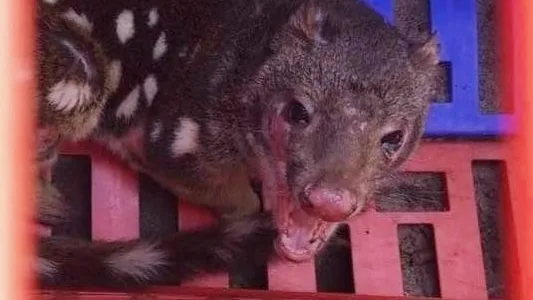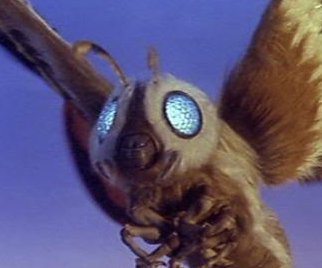Hot take: that’s cool, but what the heck is a quoll?
Warm take: [checked the actual article.] it’s an ROUS. Welcome to the legendary fire swamps.
I’ll have to check what the heck is an ROUS
Edit: Rodent of unusual size is my best guess? Bit of a niche acronym, took me a while to find.
If so, no, quolls are not rodents. They are dasyurids, very different teeth to rodents. Quolls are carnivores, also named “marsupial cats”, “marsupial martens” which better describes what the animal is about.
Yep, rodents of u usual size.
Fire swamps. Princess bride. They look like fluffier versions.
This is the best summary I could come up with:
The original quoll escaped the cage Mr Tsai put it in but another one — or most likely the same one — was caught in another trap set by the National Parks and Wildlife Service (NPWS) on Wednesday.
Following his incredible discovery, Mr Tsai has laid pieces of fish around his farm and set up a video camera overnight on Wednesday to see if he could get footage of other quolls.
Limestone Coast district ranger Ross Anderson said NPWS was “blown away” by the animal’s re-emergence in the state after 130 years.
“Part of the reason they’re thought to have become extinct here in the South East is due to a loss of habitat, but they can survive anywhere from forests to more open country,” he said.
We wouldn’t recommend people try to trap them or interact with them themselves, however – but trail cameras are a really good way of recording and monitoring any suspected quoll populations or activity in the local area."
They are mainland Australia’s largest marsupial predator; a stealthy, elusive nocturnal hunter and scavenger that preys on small kangaroos and wallabies to possums, birds, reptiles, frogs and invertebrates.
The original article contains 737 words, the summary contains 188 words. Saved 74%. I’m a bot and I’m open source!





